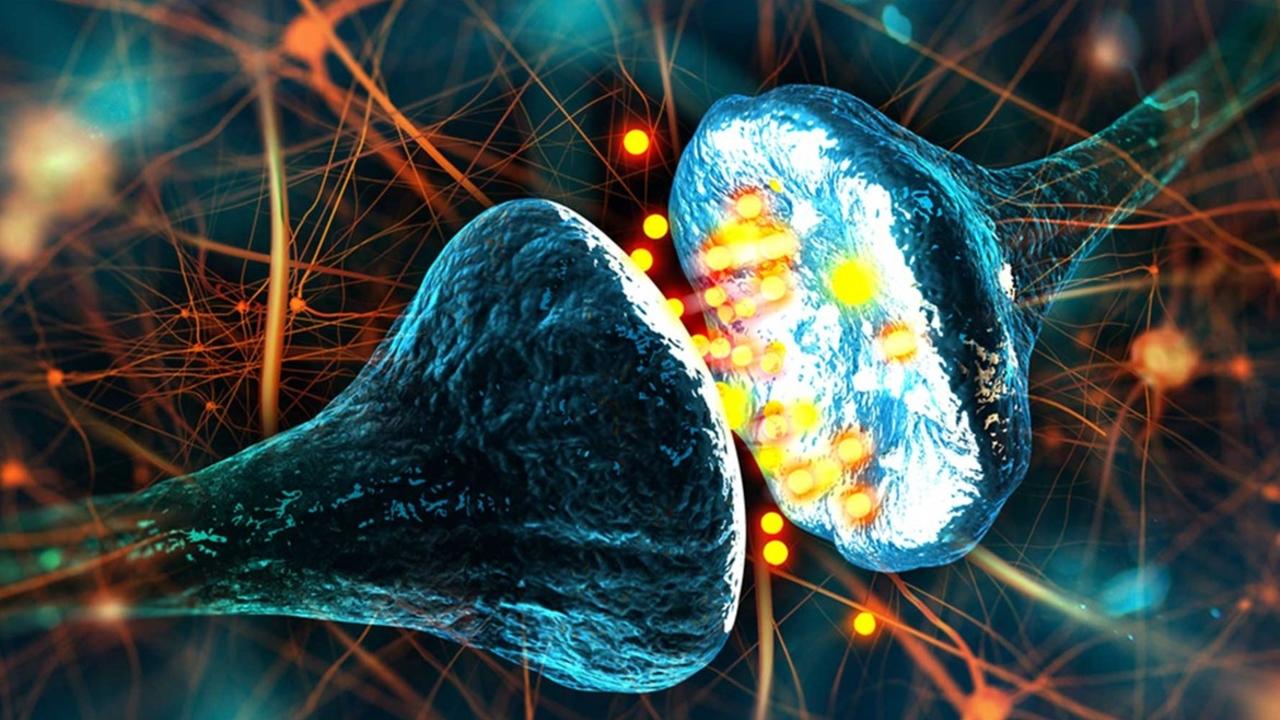Altered States of Consciousness

Altered States of Consciousness
“A culture is what it eats, and a person’s personality is often largely a reflection of their diet.”
Terrence McKenna
As the subject of altered states of consciousness appears in conventional terms there is a strong tendency to oppose its validation or at the very least to raise defensive banners. This is often a misconstrued concept in civilization simply due to the fact that most lifestyle behaviors alter our consciousness in one form or another. Everything we put into our body stimulates a consciousness alteration due to blood sugar stimulation, metabolization, hormone secretions, and nuero-chemical enzyme reactions. A piece of fried chicken has a significantly different effect on ones conscious outlook than a green vegetable juice for example. Watching the nightly news opposed to watching our children play will dramatically alter ones sense of well being and perspective of reality. It is my opinion that society at large would benefit tremendously from altering their state of consciousness, both individually, and collectively since our personal and global problems have arisen due to a tightly regulated state of unconsciousness.
It is important to state that the achievement of an altered consciousness experience is not, and historically, has not always been conducted through the ingestion of a certain plant or animal based products. Ancient people through out recorded history would engage in various forms of ritual for heightening their state such as fasting, drum circles, chanting, breath work, meditation, sun gazing, reading, writing, painting, calligraphy, yoga, and martial art to name a few. For all practical purposes of this books material we shall explore the topic of entheogenic plants otherwise known as psychedelics.
The word entheogen means generating the divine from within. The term entheogen is used to categorize psychedelic substances that have been traditionally used in religious, ceremonial, and spiritual practices. The word psychedelic carries with it dogmatic connotations but simply translates into “mind manifest”. The naturally occurring substances include peyote, psilocybin mushrooms, amanita muscaria mushroom, cannabis, salvia divinorum, iboga, ayahuasca, and bufo toad medicine(5-MEO-DMT) among many others. There is a mass cultural bias that prohibits the usage or consideration to use these medicines for fear that an altered state may cause one to question and ultimately alter their conservative value system. It is well correlated that every major form of religion and spiritual practice was inspired by the alteration of ones consciousness, we may call this an inner-revelation. Many prominent psychedelic experts, researchers, historians, and alternative doctors worldwide believe the start of all religious teachings came from the inclusion of entheogenic plants found in nature. The well established ethnobotanist and psycho-naught Terrence McKenna theorized that the evolutionary shift in human consciousness(enlargement of the human neocortex) may be attributed to the inclusion of wild psycho-active plants due to undergoing nutritional pressure, psilocybin for example, for bonding neurosynaptic-sequences and thus transmitting an expanded view of natives immediate environment, and their specific role in it.
There is a large body of research and evidence that certain entheogenic remedies are more effective in drug withdrawal treatments than any conventional psychiatric method available. This includes but is not limited too heroin, cocaine, alcohol, tobacco, and media formatted drugs such as television, pornography, and consumer driven attachments which appears to be why they are so politically opposed. Psychedelics threaten institutionalized culture by breaking down the accepted paradigms that rely upon consumerism and obedience. The role of the alchemist is to transmute the ill’s of the world into creative expressions of innovation in place of seeming destruction. This is often done through some type of medium used to bridge the tangibility of the material world with higher shades of intelligence that exists outside the comfort zone of the conscious mind. Entheogens have been used culturally in this way, and aside from the therapeutic uses they provide, is a core reason why many of the worlds most successful artists, writers, speakers, and entrepreneurs have used, and to this day still practice psychedelic exploration.
In terms of altered states of consciousness the pre-dominant reference western society uses as a measuring stick is casual and competitive drinking. This is greatly out of alignment from that of the shamanistic perspective which involves personal maturity, inner-courage, and spiritual growth.
It is important to understand the role of a shaman in world view as these noble teachers are considered the medicine men and woman of indigenous cultures. The shaman archetype is commonly viewed as mysteries, dark, and some what of a trickster by outside onlookers. This is not by accident or misinterpretation although when one comes a bit closer a new picture begins to develop. The shaman uses the tools that best serve the circumstance at hand, which in many times are humor, lightheartedness, and zaniness, yet in serious matters the shaman acts appropriately with laser focus and is highly functional. In this description we could say the iconic picture of willy wonka is a shaman of sorts. The shaman is playful, insightful, and highly non-dogmatic where in contrast the common physician is usually stiff, shallow, and locked into their way of thinking.
“The lack of culturally integrated altered-state initiation caused the egoic mental world-model which is based in only a single cognitive state to become completely predominant.
Michael Hoffman


